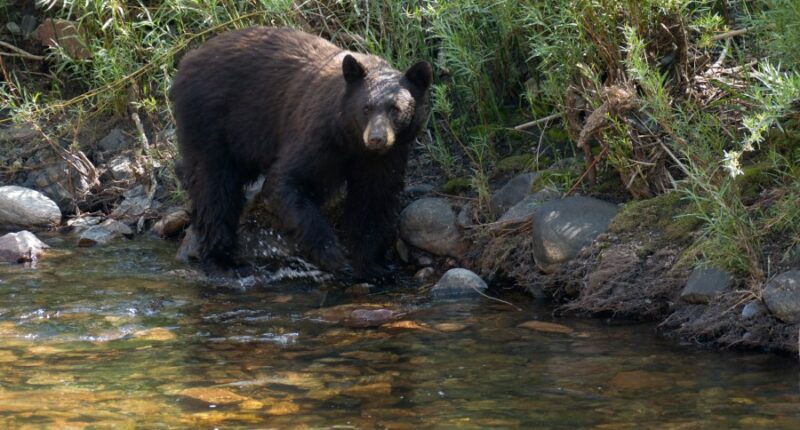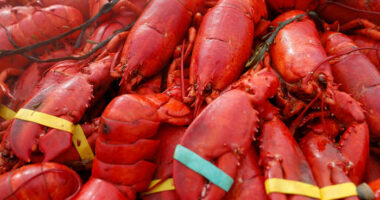Share this @internewscast.com

DENVER (KDVR) Yellowstone National Park staff reported Thursday that on Friday, July 11, an adult female black bear was lethally removed after a series of “concerning incidents” involving a backcountry campsite in the Backtail Deer Creek drainage.
The area is in the northern portion of the park.
Staff reported that on June 7, the bear “crushed” an unoccupied tent at the campsite, and on July 11, the bear climbed the site’s food storage pole, tearing down the properly-stored food bags and consuming the campers’ food.
“Although it is uncommon for bears in Yellowstone to obtain human food, when it does occur, bears can quickly become food-conditioned and may act aggressively or dangerously around humans, putting both people and wildlife at risk,” the national park said in a release. “The bear’s escalating behavior – including property damage and obtaining a significant food reward – posed a clear threat to visitor safety and warranted removal.”
The park staff said that they deemed it appropriate to kill the bear due to ongoing concern for human safety, property damage and the bear learning to defeat the park’s backcountry food storage poles.
“We go to great lengths to protect bears and prevent them from gaining access to human food in all areas of the park,” said Kerry Gunther, Yellowstone bear management biologist, in the park’s announcement. “But occasionally, a bear outsmarts us or overcomes our defenses. When that happens, we sometimes have to make the difficult decision to remove the bear from the population to protect people and property.”
Before this case, the last black bear killed in a management action was in July 2020, according to Yellowstone, when a black bear injured campers and accessed human food at a backcountry campsite.
The staff noted that all 293 of the park’s backcountry campsites are equipped with either food storage poles or a bear-resistant storage box. Park guidelines require that food be hung from the pole or secured in the box at all times except when cooking or eating. These steps can help prevent wildlife from developing dangerous habits.










